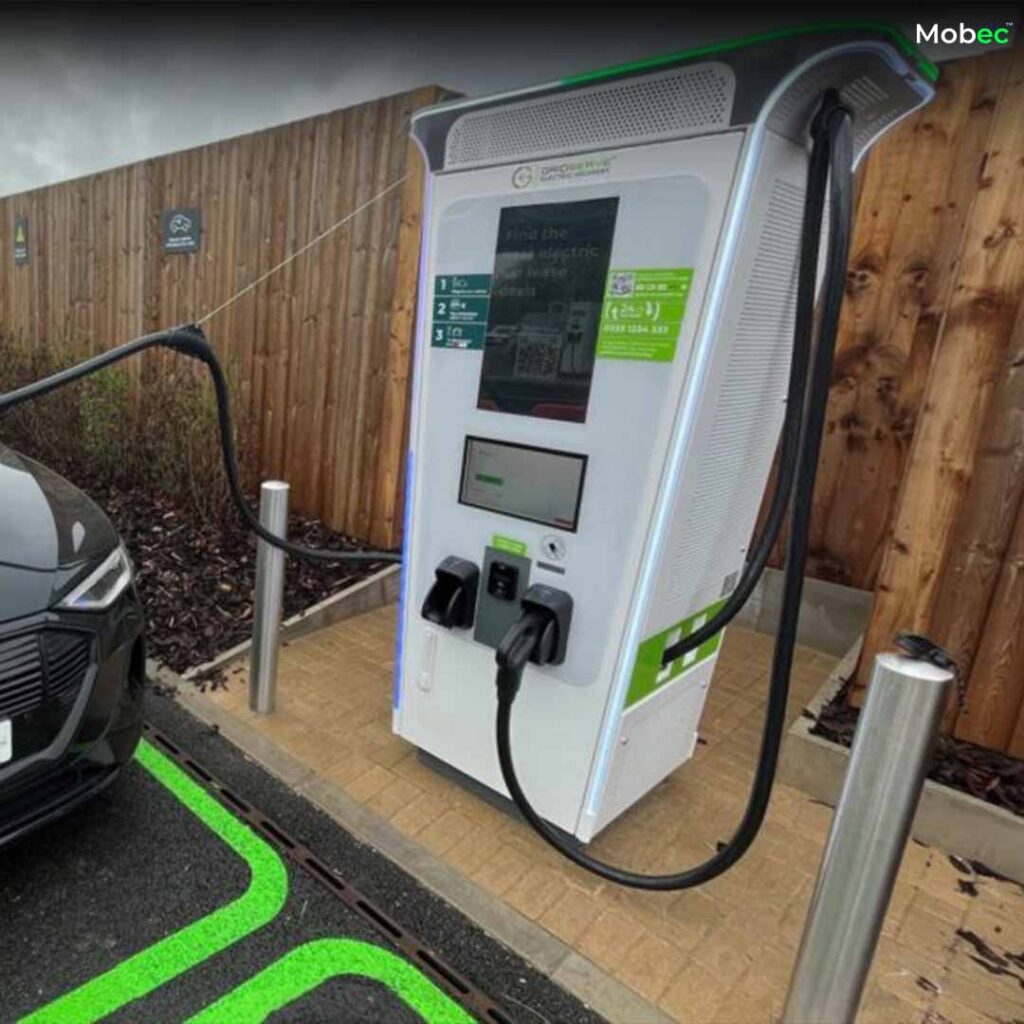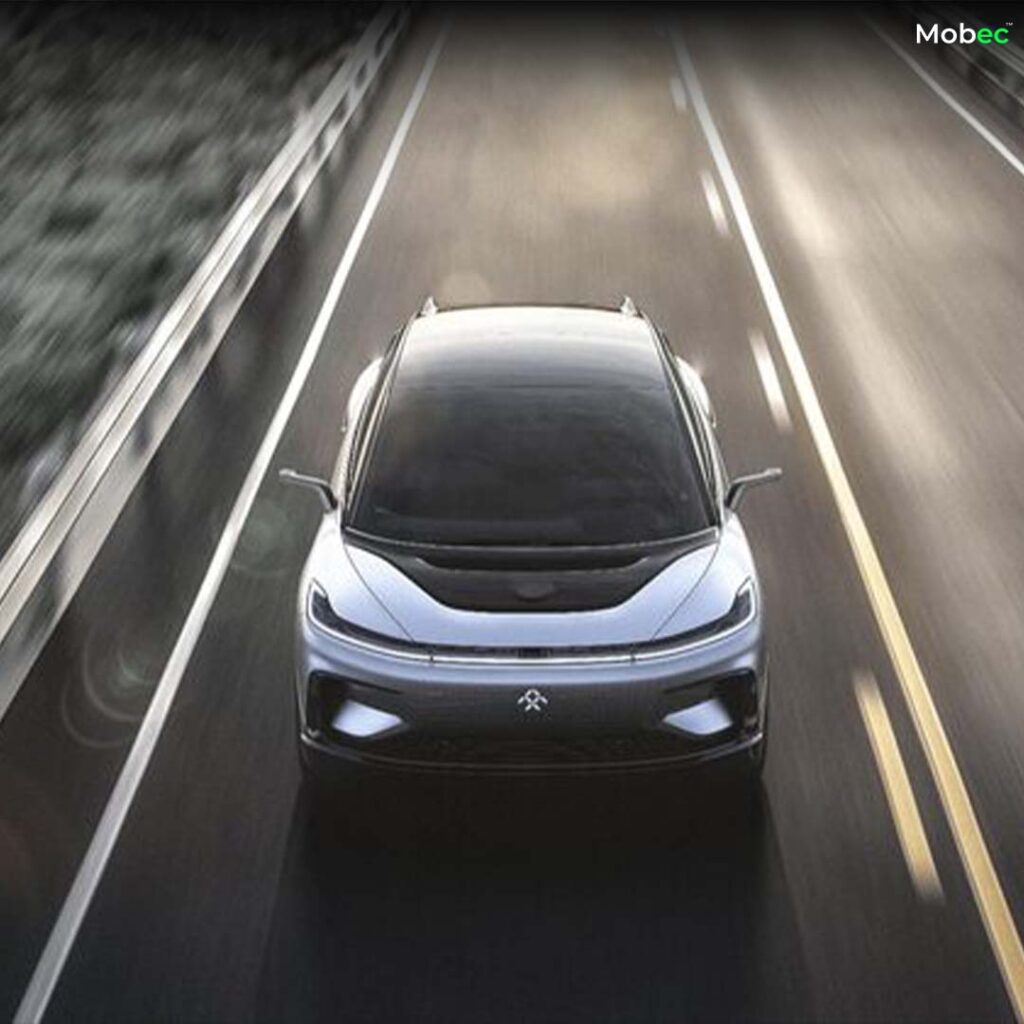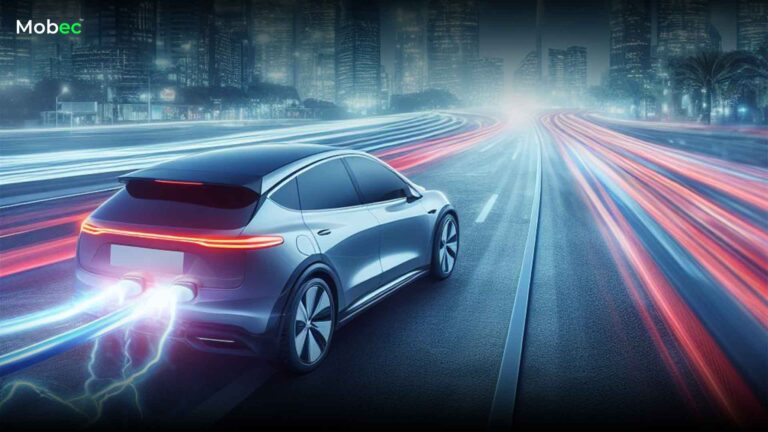In the ever-evolving landscape of electric vehicles (EVs), one revolutionary aspect is taking center stage—the rise of ultra fast charging. With advancements in battery technology and charging infrastructure, ultra-fast chargers capable of topping up an EV in under 30 minutes are becoming increasingly common. Explore the impact of this on road trips, EV adoption, and grid management.
The Need for Speed: Ultra Fast Charging Explained

The cornerstone of this transformation lies in the capability of ultra-fast chargers to replenish an EV’s battery in under 30 minutes. This unprecedented speed is achieved through cutting-edge technologies that optimize the charging process, making it not only efficient but also convenient for EV owners.
Revolutionizing Road Trips: From Range Anxiety to Freedom
One of the most significant hurdles for EV owners has been range anxiety—the fear of running out of battery power during a journey. Ultra-fast chargers are rewriting this narrative, turning road trips into seamless adventures. With charging stations strategically located along highways, drivers can now refuel their EVs swiftly, eliminating the anxiety associated with long journeys.
Accelerated EV Adoption: A Game-Changer for Sustainability
The accessibility and speed of ultra fast charging are pivotal in driving the widespread adoption of electric vehicles. As the charging infrastructure expands globally, potential EV owners are more inclined to make the switch, knowing that recharging will be as convenient as refueling a traditional car. This shift towards sustainability is not just a trend but a movement, and ultra fast charging is leading the way.
Grid Management Revolution: Balancing Supply and Demand
As the number of EVs on the road grows, grid management becomes a critical consideration. Ultra fast charging, when integrated intelligently, can play a vital role in balancing the demand for electricity. Smart charging systems can optimize charging times based on grid capacity and demand, preventing overloads and ensuring a stable and sustainable energy supply.
The Economic Impacts: Job Creation and Industry Growth

The widespread implementation of ultra fast charging stations contributes significantly to job creation and the growth of a burgeoning industry. From manufacturing the charging infrastructure to maintaining and operating charging stations, the economic ripple effects are substantial. This not only fosters employment opportunities but also propels technological advancements in the EV sector.
Mobec Innovation: Pioneering Portable EV Charging
Amidst this transformative landscape, Mobec Innovation stands out as a pioneer in providing fast charging solutions for electric vehicles. Offering portable EV chargers for on-the-go charging, Mobec Innovation is at the forefront of making electric mobility even more accessible and convenient.
Addressing Environmental Concerns: Clean and Green Charging
Beyond its speed and convenience, ultra fast charging is contributing to the environmental sustainability of EVs. With a focus on cleaner and greener energy sources, these charging stations are minimizing the carbon footprint associated with electric transportation, aligning with global efforts to combat climate change.
Challenges and Solutions: Navigating the Fast Lane
While the rise of ultra fast charging brings about numerous benefits, it is not without challenges. Issues like the strain on local grids and the need for standardized charging protocols must be addressed. Collaborative efforts between governments, industries, and technological innovators are essential to overcome these challenges and ensure a smooth transition to a future dominated by ultra fast charging.
Future Prospects: The Evolution Continues

The trajectory of ultra fast charging points towards a future where EVs are not just an alternative but the norm. Ongoing research and development will refine this technology, making it even more efficient and accessible. The symbiotic relationship between EVs and ultra fast charging is set to redefine the automotive industry and pave the way for a sustainable and electrified future.
User Experience: Convenience at the Core
At the heart of the ultra fast charging revolution is the enhancement of user experience. EV owners can now embark on road trips with the assurance of quick and convenient recharging, eliminating the barriers that once deterred potential adopters. The evolving landscape of EV infrastructure is increasingly user-centric, with a focus on making electric mobility an effortless and enjoyable experience.
Conclusion: A Fast-Charged Future Beckons
In conclusion, the rise of ultra fast charging marks a paradigm shift in the realm of electric vehicles. From transforming road trips into stress-free adventures to accelerating the global adoption of EVs, the impact is profound. As we navigate the challenges and embrace the opportunities presented by ultra fast charging, one thing is clear—the future of electric transportation is fast-charged, sustainable, and remarkably exciting. So, buckle up for a ride into a future where the road to sustainability is paved with speed and innovation, and Mobec Innovation plays a crucial role in powering this journey.
Frequently Asked Questions (FAQs)
-
How does Ultra Fast Charging impact road trips for Electric Vehicles (EVs)?
Ultra-Fast Charging revolutionizes road trips for EVs in three key ways:
1. Swift Charging: Ultra-fast charging stations significantly reduce charging time, making long-distance travel more practical for EV owners.
2. Extended Range: Faster charging allows EVs to cover longer distances in a single charging session, enhancing the convenience of road trips.
3. Strategic Station Placement: Ultra-fast charging networks are strategically placed along major routes, ensuring accessibility and reducing range anxiety. -
How does Ultra-Fast Charging accelerate Electric Vehicle (EV) adoption?
Ultra-Fast Charging accelerates EV adoption through:
1. Convenience Factor: Faster charging makes EV ownership more appealing by reducing the time required for recharging, aligning with the fast-paced lifestyle of users.
2. Increasing Availability: The expansion of ultra-fast charging infrastructure increases the accessibility of charging stations, making EVs a viable option for a broader audience.
3. Incentives for Early Adopters: Governments and businesses often provide incentives for early EV adopters, including access to exclusive benefits and discounts, encouraging more people to make the switch. -
What role does Ultra Fast Charging play in revolutionizing grid management?
Ultra-Fast Charging transforms grid management by:
1. Smart Charging Technology: Charging stations incorporate smart technology, enabling grid operators to manage energy distribution more efficiently.
2. Load Balancing: Ultra-fast charging stations implement load-balancing mechanisms to prevent grid overload during peak usage, ensuring a stable and reliable power supply.
3. Integration with Renewable Energy: The rise of ultra-fast charging aligns with the integration of renewable energy sources, contributing to a more sustainable and eco-friendly power grid. -
How reliable is Ultra-Fast Charging technology, and what safety measures are in place?
Ultra-Fast Charging technology is highly reliable, with safety measures including:
1. Advanced Cooling Systems: Charging stations are equipped with advanced cooling systems to regulate temperatures during high-speed charging, ensuring the safety of the charging process.
2. Constant Monitoring: Charging stations undergo constant monitoring to detect any anomalies or malfunctions, with automatic shutdown mechanisms in place to prevent potential issues.
3. User Education: Users are provided with comprehensive guidelines and educational resources to ensure the safe and proper use of ultra-fast charging stations. -
Is the infrastructure for Ultra Fast Charging widely available, and what efforts are being made for further expansion?
Efforts for expanding Ultra-Fast Charging infrastructure include:
1. Global Initiatives: Governments and private entities worldwide are investing in the development of ultra-fast charging networks to create a comprehensive and accessible charging infrastructure.
2. Collaboration with Industry Players: Car manufacturers, energy companies, and tech giants collaborate to build a cohesive and widespread ultra-fast charging network, promoting interoperability.
3. Research and Development: Continuous research and development aim to enhance the efficiency and availability of ultra-fast charging technology, making it a cornerstone of sustainable transportation.






















+ There are no comments
Add yours